Which PSU Rating do you Need?
Whether it’s Bronze vs Gold, Gold vs Platinum, or Platinum vs Titanium, if you’re considering buying a new PSU for your gaming PC, its 80 PLUS efficiency rating might be what sways your decision.
Many PSUs have an 80 PLUS rating, ranging from Bronze through Titanium. This rating tells you how efficient the power supply should be at converting power from your wall outlet into power that your PC can use.
All 80 PLUS rated PSUs are rated to run at—you guessed it—at least 80% efficiency. The higher the rating, the more efficient it will be, but even the lowest rated 80 PLUS PSU will be at least 80% efficient.
Your PSU’s efficiency affects how much energy it uses, and therefore how much money your PC will cost to power. Deciding between Bronze, Gold, Platinum, and Titanium 80 PLUS ratings, then, is largely an economical decision.
What is PSU Efficiency?
AC energy is what comes from your wall outlet, and DC energy is what your PC uses. Power supplies convert AC to DC energy, and they can do this with varying levels of efficiency.
The more efficient your PSU is, the more of the AC energy that it draws will end up as DC energy to power your PC. If it’s inefficient, it will lose more of this power as heat during its conversion from AC to DC energy.
For example, if your 1,000W power supply is 80% efficient, then if it’s at full load and is providing 1,000W power to your PC, it will draw 1,250W of AC power from your wall outlet (1,000 is 80% of 1,250). But if it’s 90% efficient, it will only draw 1,111W of AC power from your wall outlet to give your PC the same 1,000W of DC power (1,000 is 90% of 1,111).
Contrary to what many think, it’s not true that an 80% efficient 1,000W PSU can only give your PC 800W of DC power at maximum load, losing 200W as heat. Instead, it can give your PC a full 1,000W of DC power under max load, but will draw more AC power than this from your wall outlet which is lost as heat.
So, the more efficient your PSU is, the less AC power it will draw from the wall to give your PC the same amount of DC power. This means that it should consume less power than an inefficient PSU, in theory saving you money.
What is a Power Supply Efficiency Rating?
A power supply’s 80 PLUS rating tells you how efficient it is at converting AC to DC energy. If a PSU is 80 PLUS rated, it has been certified by an independent lab to be at least 80% efficient. At least 80% of the power that any 80 PLUS PSU draws from the wall will be turned into power for your computer, and a maximum of 20% will be lost as heat.
Originally, there was only one 80 PLUS rating, which certified that a PSU was at least 80% efficient at 20%, 50%, and 100% loads.
Now, however, there are many different 80 PLUS ratings, from 80 PLUS all the way up to 80 PLUS Titanium. The higher the rating, the more efficient the PSU should be at 20%, 50%, and 100% loads—but even 80 PLUS Bronze rated PSUs should be at least 80% efficient.
While a PSU’s efficiency rating can be important, it has little correlation with its overall quality, so you should consider more than just a PSU’s efficiency rating. There are many different factors affecting how to choose a power supply, and efficiency is only one of them.
80 PLUS Ratings Comparison
Here is how efficient PSUs should be at each different 80 PLUS rating in both the US (115V) and the EU (230V):
| 10% Load—115 (230V) | 20% Load—115V (230V) | 50% Load—115V (230V) | 100% Load—115V (230V) | |
| 80 PLUS | N/A | 80% (82%) | 80% (85%) | 80% (82%) |
| 80 PLUS Bronze | N/A | 82% (85%) | 85% (88%) | 82% (85%) |
| 80 PLUS Silver | N/A | 85% (87%) | 88% (90%) | 85% (87%) |
| 80 PLUS Gold | N/A | 87% (90%) | 90% (92%) | 87% (89%) |
| 80 PLUS Platinum | N/A | 90% (92%) | 92% (94%) | 89% (90%) |
| 80 PLUS Titanium | 90% | 92% (94%) | 94% (96%) | 90% (94%) |
Note that each 80 PLUS rating has a different efficiency level for 115V, which is the standard wall outlet voltage in the US, and 230V, which is the standard in Europe. This is because power supplies are more efficient when drawing from a more powerful source. The 80 PLUS ratings reflect this, with the same ratings being more efficient at 230V than at 115V.
This is because power supplies are more efficient when drawing from a more powerful source. The 80 PLUS ratings reflect this, with the same ratings being more efficient at 230V than at 115V.
Also note that there is an 80 PLUS Silver rating, which does not feature in this article. This is because 80 PLUS Silver PSUs aren’t too common, as manufacturers instead tend to produce and market Bronze or Gold rated power supplies at the lower end and middle of their ranges.
There are also standard 80 PLUS rated power supplies, but, again, most gamers opt for an 80 PLUS Bronze PSU at minimum.
Finally, notice that 80 PLUS Titanium rated PSUs should guarantee 90% efficiency at 10% load. All other 80 PLUS rated PSUs only begin their efficiency guarantees at 20% load.
80 PLUS Bronze vs Gold
Most PC gamers will want an 80 PLUS Bronze or Gold rated PSU, as they are very efficient without incurring the greater cost of a Platinum or Titanium PSU.
A 600W 80 PLUS Bronze PSU could consume 41W more power than a 600W 80 PLUS Gold PSU in the US when at full load.
If you’re only considering efficiency then opting for a Gold rated PSU over a Bronze rated one is a no-brainer, because it will save more energy and therefore save money in the long run.
But 41W isn’t a big power consumption difference, so unless a Bronze and Gold PSU are equivalently priced it might make more sense to stick with Bronze. If the Gold PSU costs more, it will likely take a long time for 41W of power savings to make up the extra initial cost.
80 PLUS Gold vs Platinum
While most gamers will be content with an 80 PLUS Bronze or Gold PSU, some might opt for an even more efficient Platinum one. With energy costs continuing to rise, more gamers might begin opting for these premium PSUs in the coming months.
A 600W 80 PLUS Gold PSU could consume about 16W more power than a 600W 80 PLUS Platinum power supply in the US when at full load.
This difference is minimal, and it would likely take a very long time for the money saved on energy to make up for the extra cost of the Platinum PSU over the Gold one. This is why 80 PLUS Gold PSUs are often the sweet spot for price-performance, because Platinum (and Titanium) power supplies often cost more than they make up for in energy savings over many years.
This is why 80 PLUS Gold PSUs are often the sweet spot for price-performance, because Platinum (and Titanium) power supplies often cost more than they make up for in energy savings over many years.
If an 80 PLUS Platinum PSU costs about the same as an 80 PLUS Gold one, then it’s worth considering, providing there are no other differences in quality. Otherwise, a Gold rated PSU will likely be better value.
80 PLUS Platinum vs Titanium
If you’ve decided energy efficiency is very important to you (perhaps for environmental reasons), then you’ll probably consider the more expensive but efficient 80 PLUS Platinum and Titanium rated PSUs. These power supplies can be expensive, but they should offer close to peak energy efficiency.
A 600W 80 PLUS Platinum PSU could consume about 7W more power than a 600W 80 PLUS Titanium power supply in the US when at full load.
But, while there’s only 1% difference in minimum efficiency between Platinum and Titanium rated PSUs at full load in the US, at 20% and 50% loads there’s a 2% difference.
It’s also noteworthy that 80 PLUS Titanium PSUs are the only ones with a certified and guaranteed minimum efficiency at 10% load. This means they’ll likely have 90% efficiency even while the PC is idling. But, of course, any energy saved at idle loads will be miniscule, because barely any energy is being consumed at such loads.
If you can find an 80 PLUS Titanium PSU for about the same price as a Platinum one, then its slight energy saving might be worth it.
But Titanium PSUs are often much more expensive than Platinum ones, putting them far beyond a reasonable price-performance ratio, and far beyond the possibility of making up for their initial price tag with future energy savings.
If PSU efficiency is very important to you, and if money is no concern, then an 80 PLUS Titanium power supply is as good as you can get. But if you want near-peak efficiency while retaining a budget, an 80 PLUS Platinum PSU will probably be a better bet.
Summary: Which 80 PLUS Power Supply Efficiency Rating do you Need?
A PSU’s 80 PLUS efficiency rating tells us how much power it should take from your outlet to deliver to your PC.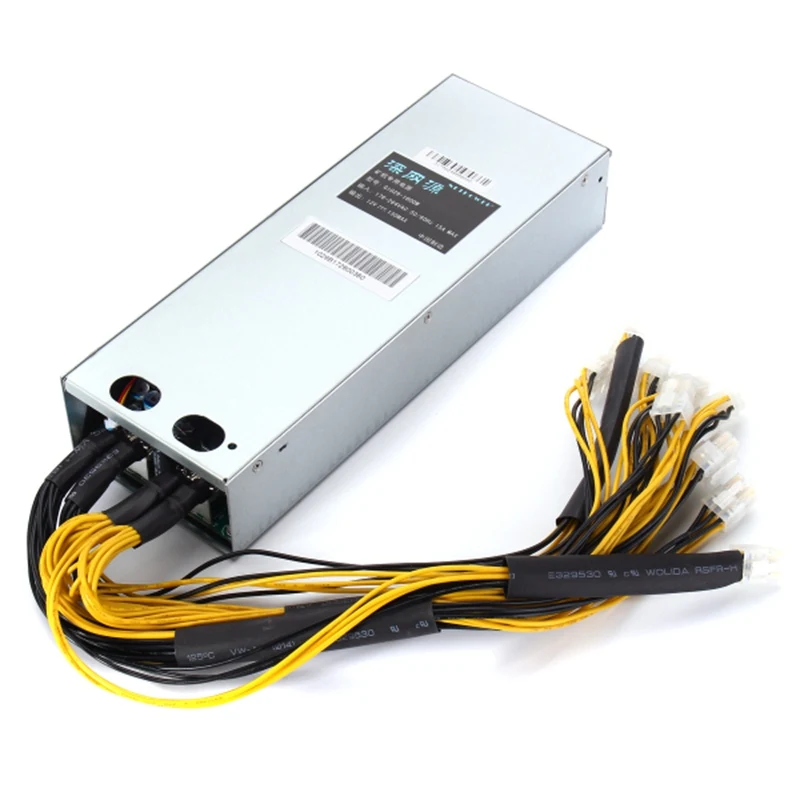 The more efficient it is, the less power it will consume to power all your components under different loads.
The more efficient it is, the less power it will consume to power all your components under different loads.
For most gamers, an 80 PLUS Bronze or Gold rated power supply should hit the price-performance ratio just right. It should give excellent efficiency without incurring a sizeable initial cost that will be difficult to make up for in its energy savings.
If energy efficiency is important to you, however, then you might consider an 80 PLUS Platinum or Titanium rated PSU. But while these are slightly more power efficient than Bronze and Gold PSUs, the energy savings that you’ll gain from them will likely not make up for their higher price tag for many years.
This is especially true for 80 PLUS Titanium PSUs, which are usually significantly more expensive than lower rated ones. You should probably only consider a Titanium power supply if money is of little concern and energy efficiency is very important to you.
When deciding on a PSU, you should also remember that a PSU’s efficiency doesn’t necessary correlate with its quality. A less efficient PSU might be of much better quality than a more efficient one.
A less efficient PSU might be of much better quality than a more efficient one.
If two competing power supplies seem to be of similar quality, then it makes sense to opt for the more efficient one. But don’t make efficiency the only factor you consider. There are PSU tier lists online that can help you decide between different power supplies, and you can consider these lists alongside different PSUs’ 80 PLUS efficiency ratings.
Platinum Vs Gold Power Supply – Which One Is Better For You?
The PSU is the lifeblood of any PC build. It supplies and regulates power from the grid to all of your hardware parts. Having the proper PSU will give you peace of mind knowing that your system will always have sufficient ability to run safely and stably.
When it comes to buying a PSU, the most common question comes up as to which one is better? PSUs are not made equal, and all feature different power and efficiency ratings. This guide will help you make the best-informed choice for what PSU is the best for you, as the answer is not as simple as getting the most expensive model available.
Gold PSUs are widely agreed to offer the best price to performance value proposition, but this might not be the case for you.
What Do PSU Ratings Mean?
A PSU can be rated for one of two things: Power efficiency and maximum power output. Both of these ratings determine how well a given PSU model will perform in efficiently powering your other PC parts.
- Power Efficiency: This means what percentage of the energy or voltage from the wall is usable by the PSU and your PC system. PSU power efficiency comes in ratings from Bronze, Silver, Gold, Platinum, and Titanium.
- Wattage: Wattage is a simple measurement that gives you the maximum amount of power output that a given PSU can transfer to your components.
In other words, a PSU that is 80% efficient will have less total output than a PSU rated at 90% efficiency, granted they both have the same wattage parameters. Thus, if both PSUs are rated at 500 Watts max, the 90% one could effectively draw less power than the 80% to give the same wattage.
PSU ratings also have to do with the quality of their internal parts. Higher-rated PSUs generally have more quality capacitors, materials, and components that increase their efficiency and longevity. It’s not a topic that is widely discussed but to achieve the highest efficacy ratings (Platinum or titanium), the manufacturers can only use the best-in-class available components.
The build quality also tends to be better. Still, in the end, it’s all about how the specific manufacturer runs their quality control before shipping their product to the global markets.
What Is a Gold Rated and Platinum PSU?
A gold-rated PSU is any PSU rated to run at least 87% efficiency under 100% power load. Gold PSUs come with a yellow-colored certification on their sides as well as on the packaging.
A platinum-rated PSU is any PSU rated to run at least 89% efficiency under 100% power load. Platinum PSUs come with a light gray colored certification on their sides as well as on the packaging.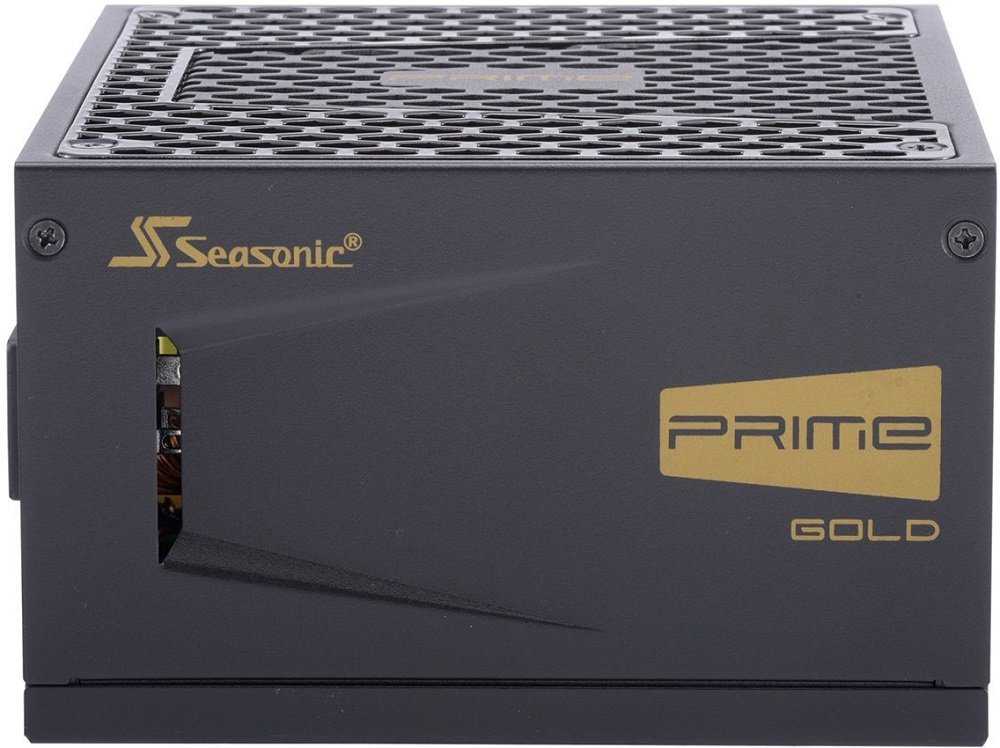
Gold and a Platinum-rated PSU are incredibly high-quality PC parts that will give you years of reliability and stable power delivery, enhancing the longevity of your other hardware parts and preventing power overloads and surges. Compared to PSUs without a rating or white rating, Gold and Platinum PSUs are worlds ahead in terms of quality and performance.
The only consistent difference is that the Platinum PSU is slightly more efficient than a gold PSU. Please note that while Platinum PSUs are objectively superior in terms of performance, the quality and reliability depend on the manufacturer.
You can never know what parts the manufacturer uses; you can only look at the user reviews for a given PSU and judge its overall real-life performance and quality.
Pros of a Gold-rated PSU
Here’re some of the pros of a gold-rated PSU:
- Better Price to Performance: This is the biggest reason gold PSUs get recommended the most. For the average user investing in a PSU with a rating of Gold means that they can make future proof of their system, especially with the extra wattage headroom that a Gold PSU offers compared to lower ratings.

- Increased Availability: Gold PSUs have a higher market share, and thus manufacturers prioritize their production. Gold-rated PSUs are much more likely to be in stock in stores and online shops.
- More than Enough for Most Mid-Range to High-End PC Builds: Even if you have the best in class GPU, CPU, RAM, Motherboard, and other parts, a gold-rated PSU is more than enough (granted its wattage covers the extra power draw) to power your system in a reliable manner.
- Entry Point For Fully Modular PSUs: at the gold rating, you can expect manufacturers to offer fully modular and customizable power cables and options. Most lower-end PSUs don’t allow you to swap different wires and come with just a bundle of non-detachable cables.
Pros of a Platinum-rated PSU
Here’re some of the pros of a platinum-rated PSU:
- Better Warranty Options: Platinum-rated PSUs usually generally feature more extended warranty options, as they also charge a premium for their extra performance.
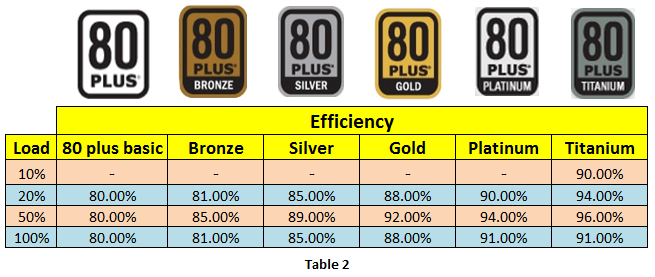
- Higher Efficiency: This is the most obvious benefit of a Platinum PSU. Suppose your system uses more than 500 Watts at load. In that case, even a few percent difference will result in noticeably higher efficiency.
- Generally, More Reliable: Platinum PSUs will offer more consistent power draw at varying levels, regardless of whether your CPU/GPU is idling or near full load. This will also lower your hardware components’ wear and extend their life cycles.
- Cuts Annual Electricity Bills: Efficiency means less power draw for the same amount of power. This is especially crucial if you run things such as GPU mining rigs where electricity bills directly impact your profit margins. Suppose your PC runs for a large part of your day, or you have a business with multiple PCs. In that case, power efficiency and energy savings are a thing to consider heavily.
- May Run at Cooler Temperatures: Cooler temperatures mean less energy is lost in the form of heat and that internal components wear out slower than usual.
 This is also very dependent on your overall PC case airflow and the temperature of your environment.
This is also very dependent on your overall PC case airflow and the temperature of your environment.
- Better Cable Management: Usually, they come with more cable modularity and features. When you pay a premium for a product, you can expect that other areas are upgraded compared to the other lower-rated products on the market. Platinum PSUs usually come with more cable configuration options giving you better cable management capabilities.
- Can Offer Additional Features: These added extras are things such as built-in temperature displays, UI displays for wattage and current power draw, proprietary tweaking software, and even RGB lighting.
How to Calculate Your PSU Wattage?
Before you even start to consider Gold vs Platinum, first figure out your system’s maximum power draw under full load. There are numerous online wattage calculators where you can input your exact PC components and see how many total watts they require.
Then get a PSU that is at least 80% efficiency certified and give it at least 20% Wattage overhead. So, if your total power draw is 350, don’t go for a PSU with 400 Watts; instead, pick at least one that is 450-500.
What’s the Right PSU Rating for You?
Platinum PSUs are for PC enthusiasts or energy-efficient conscious users that will take only top-of-the-line hardware parts that require additional modularity, features, customization, and performance.
Frequently Asked Questions
How Do I Know When My PSU Is Up for Replacement?
Having a faulty PSU can mask many common PC errors and symptoms. We have a dedicated article here on troubleshooting and spotting a defective PSU.
Should I Avoid Any Particular PSUs?
Some PSU batches are known for exploding, dying, or malfunctioning. Always research and check for user ratings from mass sellers for reported stability and performance.
Suppose a product has a poor average user rating. In that case, it’s generally best to stay away from it unless you wish to waste time returning and shipping a replacement or waiting for the bank to process a refund dispute.
Deposit of platinum and gold in Russia and other countries
Mining methods
How is platinum mined? The mining method often depends on the type of precious metal deposit. If the platinum layers are not deep or even on the surface, then the so-called «open» version of its extraction is used. But if the horizon is located deep enough, then the “closed” method is applied.
The technological cycle of extraction of this noble metal, as a rule, begins with a full-fledged geological exploration of a probable deposit.
- The open method involves the removal of a small soil layer on a placer containing platinum.
- The closed method consists of drilling, laying strong explosives and building deep enough mines.
Regardless of the method, modern technologies are used today for the extraction of platinum, as well as a large number of various mining special equipment.
How is platinum mined in nature?
The extraction of precious metals through various artisanal methods was inherent in people who wanted to find great treasures or treasures. Residents of mountainous areas often search for rich rocks on their own and, using all sorts of improvised tools, try to extract elements of platinum.
Residents of mountainous areas often search for rich rocks on their own and, using all sorts of improvised tools, try to extract elements of platinum.
If we talk about such artisanal methods, then one cannot help but recall the extraction of platinum from a stone with the help of iodine. What is this method? The procedure is as follows:
- To begin with, from a pile of stones are selected those on which white blotches and veins are clearly visible.
- Regular iodine is drawn into the pipette.
- The reaction of iodine with platinum or gold always produces a bright green color of the substance.
- If, after the iodine has dried, a green coating remains on the stone surface, then there is a precious metal there.
In addition, platinum is mined from a variety of metal-bearing ores. For example, from nickel or sulfide copper-nickel. True, it is important to note here the fact that part of the platinum during their processing is lost along with industrial waste through the enrichment of nickel or copper.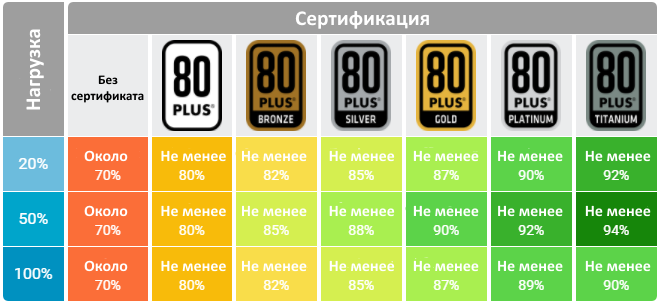 It is in connection with this that today they still try not to use such a method. Instead, other extraction options are used.
It is in connection with this that today they still try not to use such a method. Instead, other extraction options are used.
Artificial intelligence and platinum exploration
For the exploration of platinum deposits, even artificial intelligence has recently begun to be used. It all started with the fact that in 2015 the Integra Gold organization announced the launch of a special competition with a prize fund of 1 million US dollars. The participants of the competition got access to almost 26 GB of geological exploration data, after analyzing which they were supposed to discover a new large platinum deposit in the area of Canadian mines.
500 thousand US dollars and the first place was won by a company called «SGS Geostat», which, following the results of a thorough and detailed analysis of all the source data, prepared a full-fledged 30-page report.
The company’s specialists extrapolated and interpolated historical information, creating a special block model on its basis, and then used their own Genesis software (a prototype of artificial intelligence), which they were able to connect with the popular virtual reality device Oculus Rift. This made it possible to plan a detailed layout of boreholes, as well as accurately calculate the orientation and angle of objects suitable for further study.
This made it possible to plan a detailed layout of boreholes, as well as accurately calculate the orientation and angle of objects suitable for further study.
According to SGS Geostat specialists, artificial intelligence in the search for gold deposits is a completely new area for them, but it is very objective, able to distinguish a wide variety of correlations between data that an ordinary person cannot find.
Platinum deposits in Russia
Today, Russia is right behind South Africa in terms of the number of deposits where platinum is mined in significant volumes. The development of deposits of various platinum-containing ores is carried out both in the Khabarovsk Territory and at large mines in the Urals and on the Kola Peninsula.
Deposits in the Urals
In the period from 1824 to 1922, approximately 250 tons of precious metal were mined in the Urals. It was here that nuggets of incredible size were mined, so these deposits can rightfully be considered unique.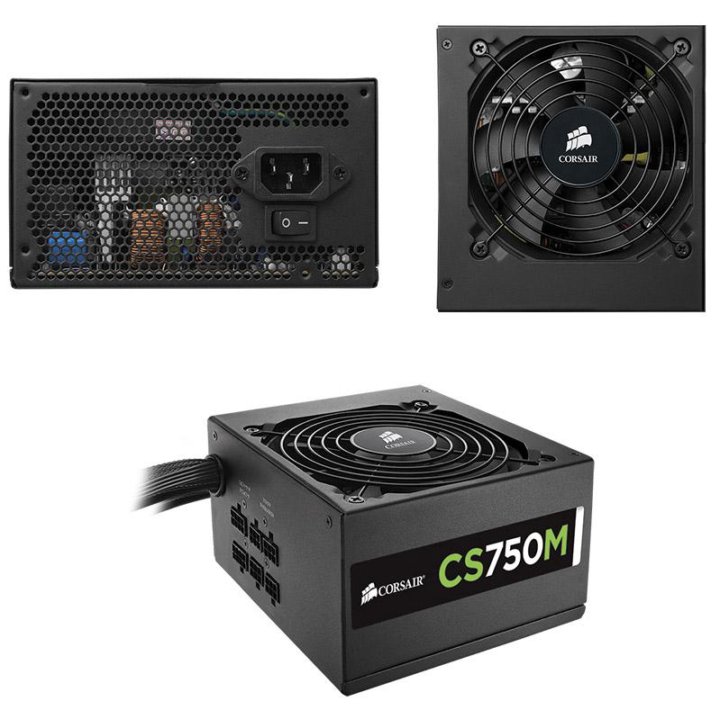 At the Isovskoye deposit, prospectors found the largest (almost 8 kilograms) of the known platinum nuggets, which they then called the «Ural Giant» and began to store in the Russian Diamond Fund.
At the Isovskoye deposit, prospectors found the largest (almost 8 kilograms) of the known platinum nuggets, which they then called the «Ural Giant» and began to store in the Russian Diamond Fund.
The Nizhny Tagil and Isov deposits at the beginning of the last century produced approximately 80% of the total world volume of platinum. True, by the middle of the twentieth century, the deposits in the Urals were almost exhausted. In connection with this, production was reduced to a minimum. Today, only residual alluvial deposits are being developed there.
Deposits on the Kola Peninsula
Geologists discovered a primary deposit of gold and platinum on the Kola Peninsula near Monchegorsk quite recently. Studies of the rock for the presence of platinum have been conducted there since 2018. If the development, which should begin this year, confirms the availability of deposits, then this field can be considered the richest in the country.
A section of 3 km, according to scientists, contains a number of layers of platinum, on which very high hopes are placed.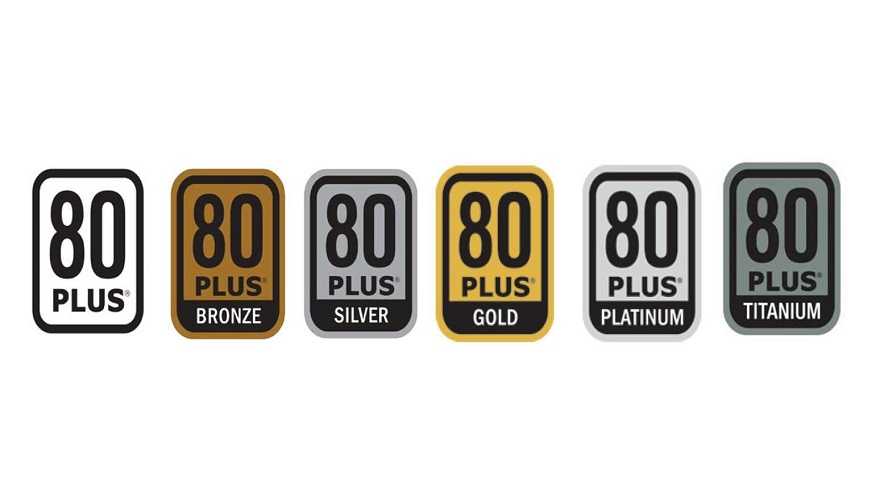
Platinum deposits in other countries
In other countries of our planet there are also deposits of platinum. Among the real leaders in this indicator, the following can be noted.
Africa
The largest deposit of various platinum group metals on our planet is located in South Africa. Scientists estimate that a huge deposit called the Bushveld complex is already about 2 billion years old. Today, almost a third of all platinum on the planet is mined in this place — 140-150 tons every year. The complex is based on three layers of platinum deposits with a length of 1500 km: Merensky, Platrif and UG2. In this giant complex of platinum deposits, there will be enough for more than one decade of production.
There is another country in Africa that is rich in platinum deposits. This is Zimbabwe, where about 11 tons of precious metal is produced every year. Thus, Zimbabwe can be considered one of the world’s leaders in platinum mining.
China
China began to develop platinum deposits in the early 2000s. On the territory of this country, the Jinbaoshan and Jinchuan nickel platinum deposits were considered the largest. The content of completely pure platinum was only 1.5 grams per whole ton of rock. Compared with the leading countries, this, of course, is very small.
On the territory of this country, the Jinbaoshan and Jinchuan nickel platinum deposits were considered the largest. The content of completely pure platinum was only 1.5 grams per whole ton of rock. Compared with the leading countries, this, of course, is very small.
China currently has 3% of the world’s platinum production, sharing it with Finland and Colombia. In this regard, he is rather not a miner, but a consumer of this precious metal. After all, almost 45% of the world’s consumption of platinum jewelry falls on China.
Mongolia
Mongolia is a small but very rich country in various natural resources. There are large deposits of coal, gold, metal ores, as well as a lot of placer platinum.
Official negotiations are currently underway in Mongolia with leading mining companies, in particular, on the development of platinum deposits.
USA
In the US, mining of the precious metal is generally limited to two mines, East Boulder and Stillwater, which are located in Montana. The ore is quite rich there. The total content of precious metals in it is about 20 grams per tonne of simple rock. Three-quarters of the metal from this ore is palladium, the rest is platinum.
The ore is quite rich there. The total content of precious metals in it is about 20 grams per tonne of simple rock. Three-quarters of the metal from this ore is palladium, the rest is platinum.
An organization called Stillwater Mining Company has been developing these mines since the distant 1987. The enriched ore is specially processed after mining at the plant in Columbus. The final cleaning of the ore is carried out at American and European enterprises.
Canada
In this country, up to 5 tons of white precious metal are mined per year. The development of deposits began in 1908 and still allows Canada to hold the position of one of the leaders. Platinum deposits are located in the northwest in the small town of Ontario.
Thus, platinum today can be found in almost every corner of our planet.
Caucasian Knot | The issue of developing new deposits of gold and platinum has not yet been resolved in Azerbaijan.
A number of companies have already shown interest in new deposits of gold and platinum discovered in the west of Azerbaijan, Irada Ibragimova, press secretary of the Ministry of Ecology and Natural Resources (MENR) of Azerbaijan, said in an interview with the «Caucasian Knot» correspondent. However, she did not name these companies, citing that commercial negotiations had not yet begun.
However, she did not name these companies, citing that commercial negotiations had not yet begun.
Recall that at the end of 2010 the head of the MENR Huseingulu Baghirov said that new deposits of gold and platinum were discovered in the west of Azerbaijan, in the Shamkir region.
Irada Ibragimova did not give figures characterizing the reserves of the deposit, indicating that exploration work is still ongoing. When asked how the issue of field development will be resolved — whether a tender will be announced or partners will be selected without competition, Ibragimova said that this issue does not fall within the competence of the MENR. According to her, the decision will be taken by the government.
In turn, the press service of the Cabinet of Ministers of Azerbaijan declined to answer the question of how the issue of developing new deposits of gold and platinum would be resolved, pointing out the prematureness of any comments on this topic.
It should be noted that currently in Azerbaijan, gold mining is carried out only at one deposit — «Gedabek» in the region of the same name in the west of Azerbaijan. This deposit is being developed by Anglo Asian Mining PLC in accordance with a contract concluded back in August 1997 by the American company RV Investment Group Serves LLS and the government of Azerbaijan.
Under the terms of the contract, six deposits were transferred to the foreign investor for development: Gedabek, Ordubad, Gosha, Gyzyl Bulag, Soyutlu and Vezhnali. The last three deposits are located on the territory of Kalbajar and Zangilan regions, located in the zone of the Karabakh conflict. The development of other deposits was delayed due to the unfavorable price situation on the world gold market at the end of 1990s — the first half of the 2000s.
However, in the second half the situation on the world market changed, and the American company stepped up its work in the project by establishing the investment company Anglo Asian Mining PLC to implement the contract. The foreign investor in the project owns 49 percent of the equity participation, while the representative of the Azerbaijani side of the MENR has 51 percent.
The foreign investor in the project owns 49 percent of the equity participation, while the representative of the Azerbaijani side of the MENR has 51 percent.
Anglo Asian Mining PLC started gold mining in Gadabay at the end of May 2009. According to the office manager of the company Fuzuli Samedova , the company is currently conducting exploration work at another contract field «Gosha» in the neighboring Tovuz region.
Samedov found it difficult to answer the question whether Anglo Asian Mining PLC is interested in new gold and platinum deposits in the west of Azerbaijan. According to him, the foreign executives of the company left for the winter holidays and will return only in 10-15 days. «Only they can answer your question,» Samedov explained.
He also declined to provide statistics regarding gold mining since the start of operation and distribution of profits, citing a lack of «accurate information» and «an inability to comment on these matters. »
»
At the same time, he clarified that the gold mined at the Gadabay deposit, after primary processing, is sent to Belgium and Switzerland, where it turns into pure gold, that is, it takes the form of the final product in the form of gold bars.
According to Samedov, Anglo Asian Mining PLC sells its share on the world market, while the Azerbaijani side returns its part to the country and stores it in the form of gold reserves.
Earlier, the head of Anglo Asian Mining PLC, Iranian-American Rza Veziri informed that the Azerbaijani government will receive 51 percent of the profit after the completion of the reimbursement of their expenses by investors. According to him, «if the current high prices for gold remain on the world market, investment costs can be reimbursed already within 3-4 years instead of the 7-9 years specified in the contract.» About $70 million was invested in the development of the Gadabay field, Vaziri added. According to Vaziri, 1. 8 grams of gold is extracted from one ton of ore at the Gadabay deposit.
8 grams of gold is extracted from one ton of ore at the Gadabay deposit.
According to the data of the State Statistics Committee of Azerbaijan , 1.7 tons of gold was mined in the country’s only developed gold deposit «Gedabek» in January-November 2010. From May to December 2009, 333 kg of gold was mined at this deposit. Thus, since the beginning of the development of the Gadabay deposit, more than 2 tons of gold have been mined from it.
In total, according to geologists, the gold reserves at the Gadabay deposit are 22 tons of gold, 192 tons of silver and 37 thousand tons of copper.
Gold mining at the Gadabay field allowed Azerbaijan to create its own gold reserves. As Minister of Finance Samir Sharifov said, at the end of September the first batch of gold weighing 99.5 kg was deposited with the Central Bank. According to him, another batch weighing more than 100 kg should arrive in the near future.
It should be noted that another consortium has a contract for gold mining in Azerbaijan — «Azerbaijan Nternational Mineral Resources Operating Co. , Ltd». This agreement was signed between the Government of Azerbaijan and Londex Resources S.A., Willy & Meyris S.A., Fargate Mining Corporation, Globex International LLP and Mitsui Mineral Development Engineering Co. Ltd. December 30, 2006.
, Ltd». This agreement was signed between the Government of Azerbaijan and Londex Resources S.A., Willy & Meyris S.A., Fargate Mining Corporation, Globex International LLP and Mitsui Mineral Development Engineering Co. Ltd. December 30, 2006.
The contract provides for the exploration and development of the Garadagh, Chovdar (Dashkesan region), Goydag (Nakhichevan Autonomous Republic) and Dagkesaman (Agstafa region) ore-bearing areas, Kökhnemedan area (Balaken region) and the Kurekchay basin (Gegel region).
Earlier, the head of the MENR of Azerbaijan Huseyngulu Bagirov noted that the deposits near the Kurekchay River in the Goygol region in the west of Azerbaijan — alluvial gold-bearing — can contain from 200 to 1000 kilograms of gold, the extraction of which does not require sophisticated technological equipment.
However, Londex Resources S.A., which has a 45 percent stake in the consortium «Azerbaijan Nternational Mineral Resources Orerating Co.
